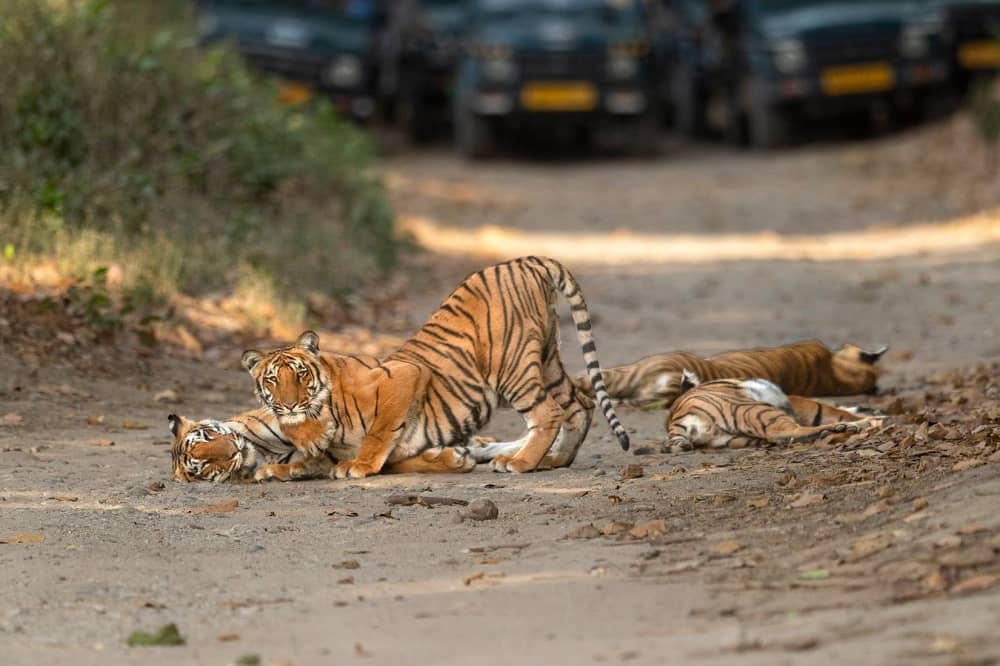

Located in the Shivalik range of the Himalayas, Rajaji National Park is an Indian national park and tiger reserve that encompasses the districts of Dehradun, Haridwar, and Pauri Garhwal in the state of Uttarakhand. The park was established in 1983 by merging three wildlife sanctuaries: Rajaji, Motichur, and Chilla. Named after C. Rajagopalachari, a prominent leader in the Indian freedom struggle and the last Governor-General of India, the park is spread over an area of 820 square kilometers and is renowned for its rich biodiversity and picturesque landscapes.
Over the years, tourism at Rajaji National Park has evolved significantly. After its formation in 1983, the area was recognized for its potential as a tourist destination due to its diverse wildlife, which includes tigers, elephants, leopards, and a variety of bird species. The park was officially opened to the public for tourism purposes in 1984 and has since been a significant attraction for both domestic and international tourists.
Since then, Rajaji National Park has seen a steady increase in visitor numbers, prompting the development of sustainable tourism infrastructure. Eco-friendly lodges, guided safari tours, and birdwatching activities were introduced, with strict policies to minimize the impact on the environment and wildlife.
In recent years, ecotourism has gained momentum at Rajaji National Park. Tourists are increasingly seeking authentic experiences that allow for wildlife viewing with minimal ecological footprints. As a result, eco-lodges and responsible travel practices have become more prevalent.
Wildlife safaris remain among the most popular activities, allowing visitors to explore the park in open jeeps with knowledgeable guides. The park has also seen a rise in birdwatching tourism due to its status as an Important Bird Area (IBA) by BirdLife International. Enthusiasts come to spot rare and migratory bird species.
Adventure tourism has also picked up in the surrounding areas with activities such as river rafting on the Ganges, which offers a different thrill for visitors.
Innovation in tourism is present, with the introduction of mobile applications for e-ticketing and social media usage to engage and inform prospective tourists. Moreover, conservation efforts are being promoted through educational tours that inspire visitors to participate in preservation activities.
Rajaji National Park continues to maintain its allure as a prominent site for wildlife enthusiasts and nature lovers. Through its history of developing tourism and adapting to the latest trends, the park has shown a commitment to ecological sustainability and conservation, ensuring its status as a cherished natural haven in India.